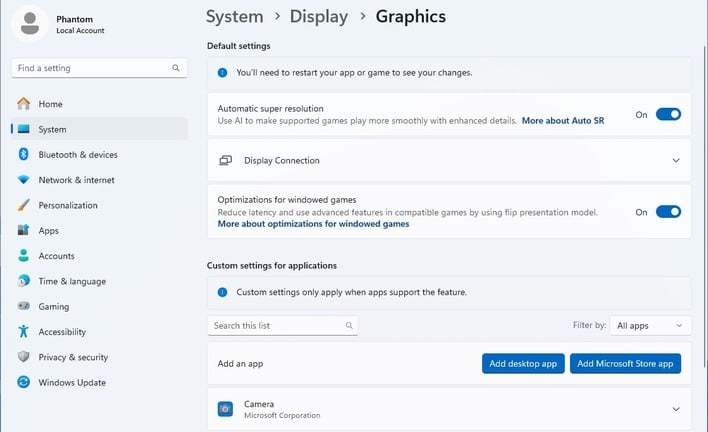Microsoft Teases DirectSR API To Bring Super Resolution Upscaling To More Gaming PCs

Nowadays we're spoiled for choice with third-generation upscalers like NVIDIA's DLSS 3.5, AMD's FSR 3, and Intel's XeSS. As long as you have the right hardware, you can enjoy games in high resolution and high framerate, even when using the latest graphical features. Of course, it's a bit like that old XKCD comic about standards:

And so, here we are in the middle panel, with Microsoft teasing yet another Super Resolution feature. Except, rather than another upscaling technology, what Microsoft's promising is instead an API through which developers can access whatever Super Resolution features are available. In essence, instead of another upscaler, Microsoft is promising a unified upscaling future where developers don't have to implement each tech individually.
It's a messed-up state we're in now, where gamers might actually pick games to play based on what graphics hardware they have. Developers have a limited amount of time to work on a title, and streamlining the process of implementing upscalers can only be a good thing for both game studios and gamers. Plus, this should make it easier for new upscaling technologies to find their way to games more quickly—as long as it works well.

We can't say much about it right now because we don't really have much to go on yet. DirectSR was leaked to exist a few weeks ago, but Microsoft confirmed it today in a post on the DirectX blog. The company will be properly revealing the technology at GDC on March 18th, so you can rest assured we'll be reporting on it then.

